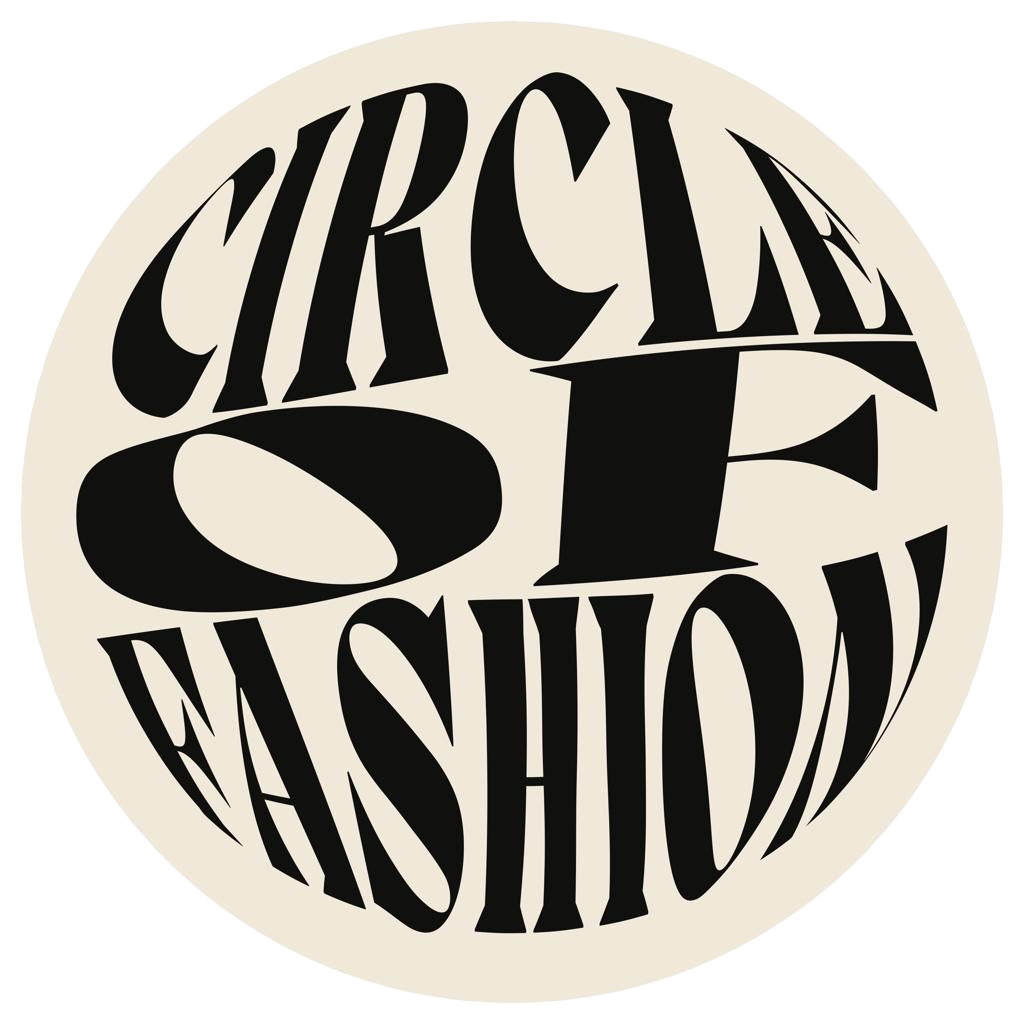Written by Thelma Gauthier
Edited by Leah Gilbert
Victoria’s Secret has indeed experienced a tumultuous journey from its founding in 1977 to its current efforts to reinvent itself as a brand.
The brand’s name is a nod to the Victorian era – when high-class women’s undergarments would be hidden in “secret.” This influence is reflected not only in the name but also in the brand’s continued production of corsets, and lace, as well as the iconic black and pink striped wallpaper gracing the walls of almost every one of the brand’s retail locations. Initially conceived as a lingerie brand designed with male shoppers in mind, Victoria’s Secret was founded because its Lex Wesner felt uncomfortable and judged while buying a gift for his wife.


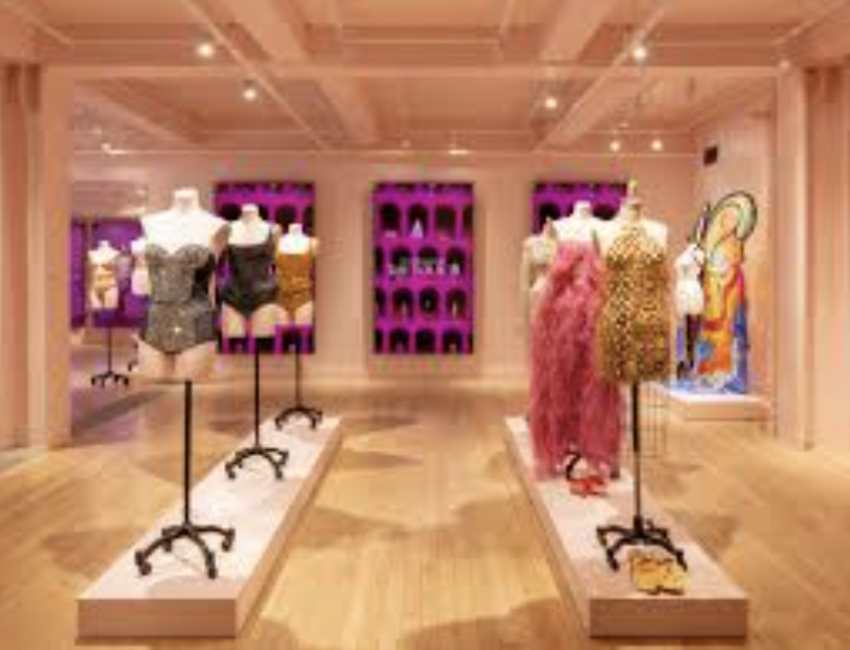
In hopes of addressing this, Wexner introduced a new shopping experience that created a more welcoming and comfortable environment for men. In 1982, the company was sold to Les Wexner, who transformed it into the brand we know it to be today. During the 1990s, he expanded the business by opening new stores and rebranding, making it the largest lingerie retailer in the U.S, with over $1 billion in sales. The 2000s were a pivotal decade in retail with the introduction of cosmetics – especially body mists and perfumes with sweet, sugary scents – to the brand’s inventory. Additionally, it was in 2002 that the brand launched its “PINK” collection which was aimed at a younger, teenage audience, and proved to be highly successful.
The importance of the runway for the brand’s success
More than anything, the key to Victoria’s Secret’s success has been its runway shows. The first show was held in 1995, and the event ran annually until 2018 when the tradition came to a halt, only to return this year.. The runway idea was popularized by the CEO, and although highly successful, it was quite unusual for a lingerie brand. Since then, other brands, like Etam, have drawn inspiration from this format. World-renowned artists such as The Weeknd, The Chainsmokers, Kanye West, and Katy Perry have all performed at the Victoria’s Secret fashion show, showcasing the event’s international success and the significant budget invested by the organizers.
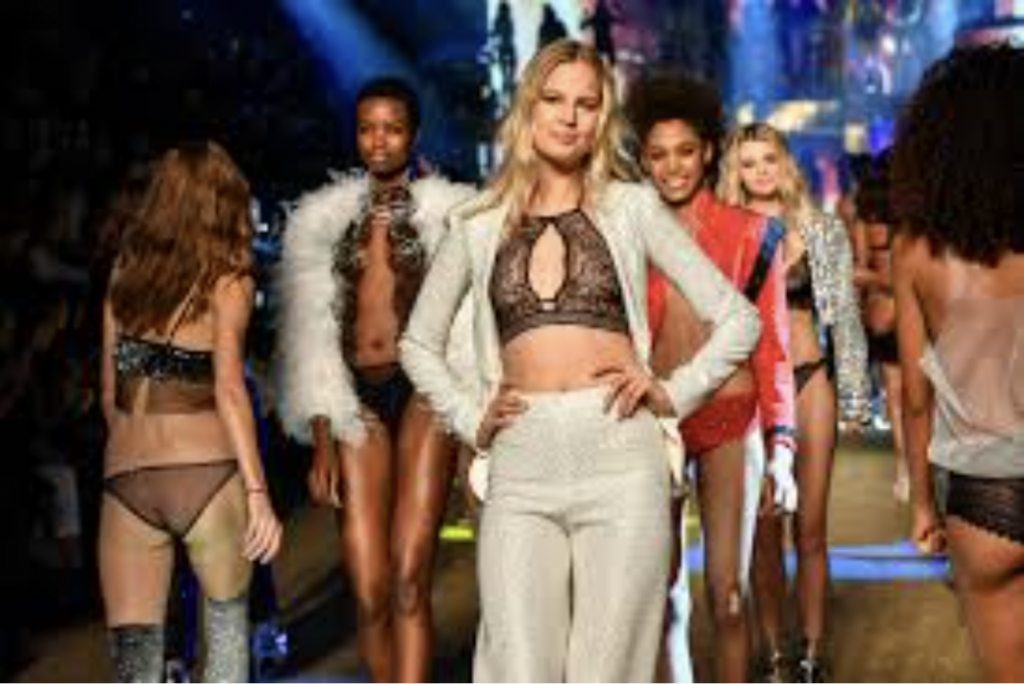
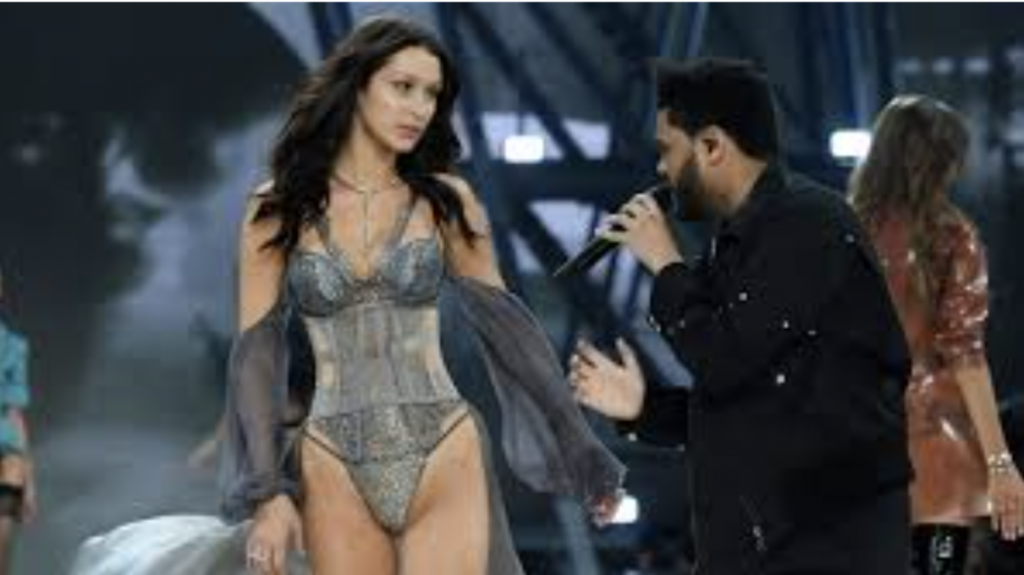
The models would strut down the catwalk wearing extravagant bras and collections. The most expensive bra showcased – valued at around 15 million euros – was worn by Gisele Bündchen and was adorned with rubies. In addition to the luxurious lingerie, the models wore elaborate wings; these ornamental back pieces take hours to create. Wearing these wings was seen as an honor, as they were primarily reserved for the “Angels,” the brand’s most iconic models.
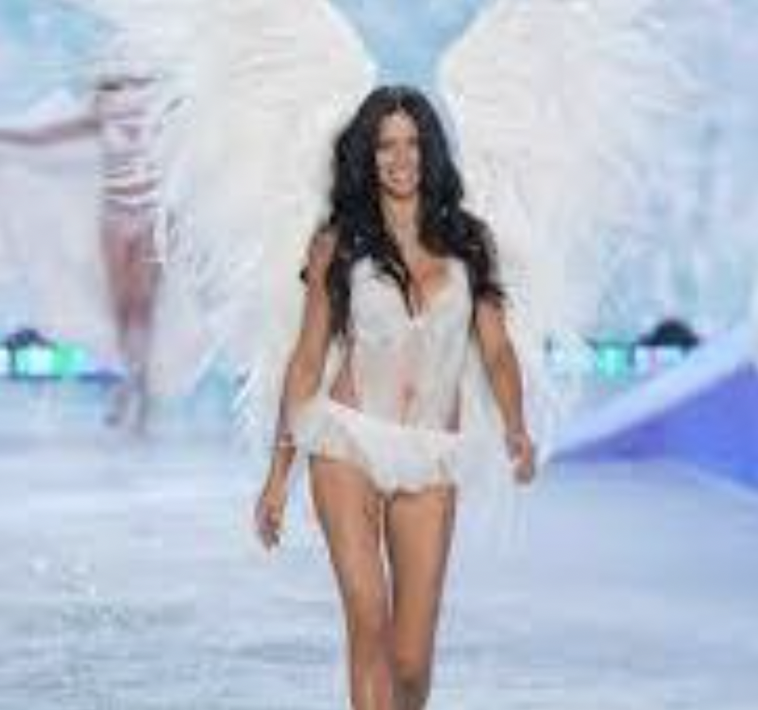

With the rise of the internet, the show was made available online, which helped to elevate the status of the already famous models and further boosted the brand’s popularity. For instance, Heidi Klum, one of the first faces of Victoria’s Secret, later became an angel. The concept of the “Angels” was formalized in 1998, turning it into a prestigious title for the brand’s top models. Among them Gisele Bündchen, Adriana Lima, Romee Strijd, Taylor Hill, and Jasmine Tookes.
Controversies Surrounding Model Standards and Corporate Misconduct
However, as the years went by, Victoria’s Secret became embroiled in multiple controversies, the most prominent being related to their models. Each year, the brand casts young girls from all over the world, many of them very young, like in other fashion shows. These models often appeared extremely thin, and many documented their journey to the runway on YouTube, showcasing meager portions of food and extreme workout routines. This standard for thinness began to raise concerns among both the media and viewers.
This trend coincided with a broader movement in the fashion industry, for instance, LVMH eventually banned size 32 models from their runways. This shift in the fashion industry appears particularly aimed at brands like Victoria’s Secret, where the primary focus of the runway has traditionally been to sell a specific body type and a certain image of femininity.
Additionally, The New York Times published an article titled “Angels in Hell” which exposed the internal and systemic misogyny embedded within the company, leading to issues such as starvation, health problems, and allegations of sexual assault. The accusations extended beyond the treatment of models, critics also argued that the show perpetuated unattainable beauty standards, contributing to body dysmorphia and other body image issues among viewers.
The connections between Epstein and Leslie Wexner, have indeed been a subject of scrutiny. Victoria’s Secret has faced criticism for various issues over the years, including allegations of misogyny and exploitation. According to a Guardian article Epstein’s long and close relationship with Wexner facilitated the purchase of his townhouse (where he sexually abused underage girls) and private jet used to traffic his victims. These allegations about the CEO were the last straw for a company already notorious for its deeply unhealthy culture and overt misogyny.
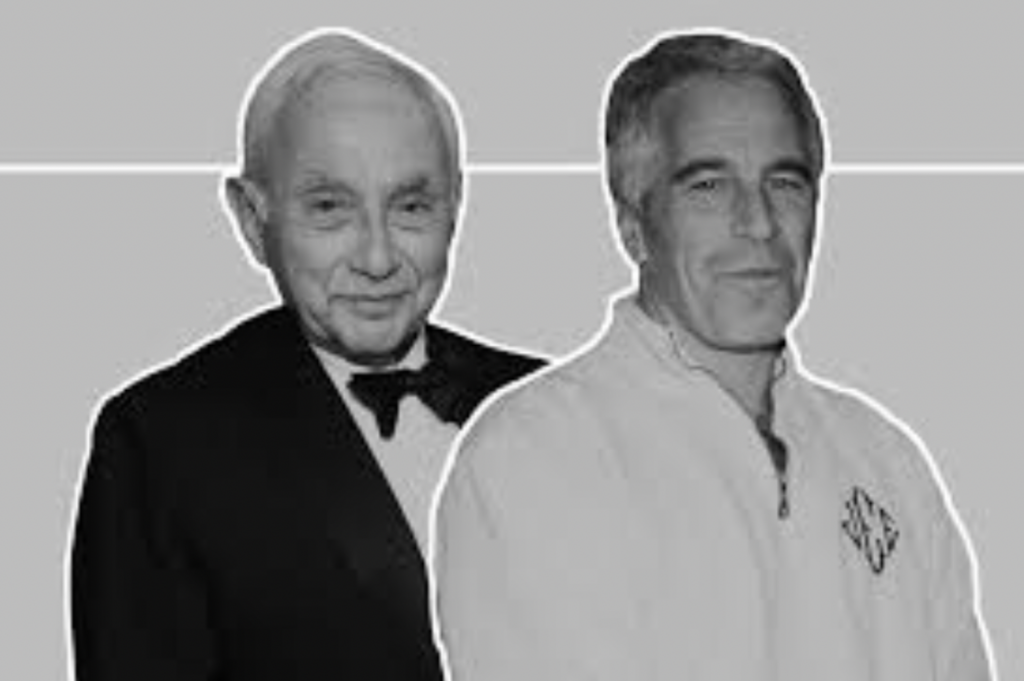
The show has been on hiatus for four years. The former CEO, now 84, decided to step down to avoid further controversy. The company announced a change in leadership without providing many details, and the show is set to make its grand return in October 2024. The promotional clip promises a new direction, with spokespeople claiming that the brand has transformed, focusing on body positivity and inclusivity as its new core values. However, some critics argue that this change is purely superficial, labeling the company as a pseudo-feminist entity with economically motivated and hypocritical virtues. They are skeptical about the authenticity of this transformation. Others also criticize Victoria’s Secret for sticking to conventional beauty standards, similar to beauty pageants, rather than truly evolving. Additionally, some lament the old Victoria’s Secret, feeling that the brand has become overly “woke” in a way that might alienate its traditional audience.
